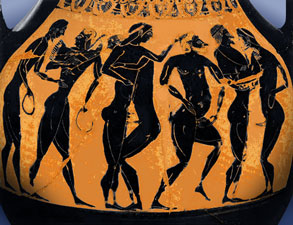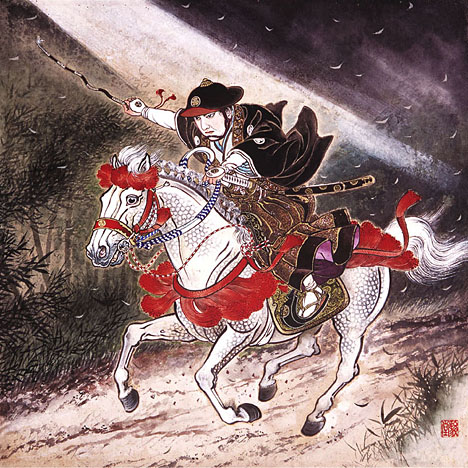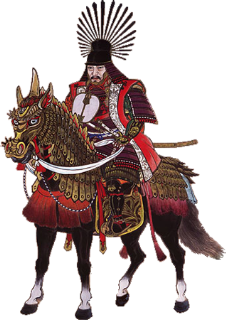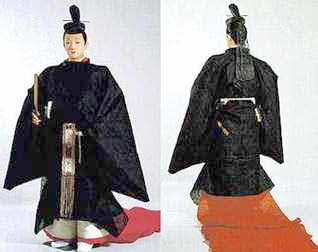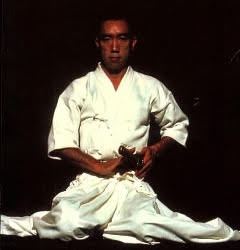Hagakure (#8)
Homoerotic activity was practiced in many ancient militaristic cultures, especially the Samurai. I helped to balance the exclusive effeminate maternal upbringing a boy knew before he was sent to military school. It substituted strong, life-saving warriors for the bunnies and foxes of childhood folklore. It taught him self-reliance and teamwork, and established the man-to-man communication that was lacked in herertosexual relationships
